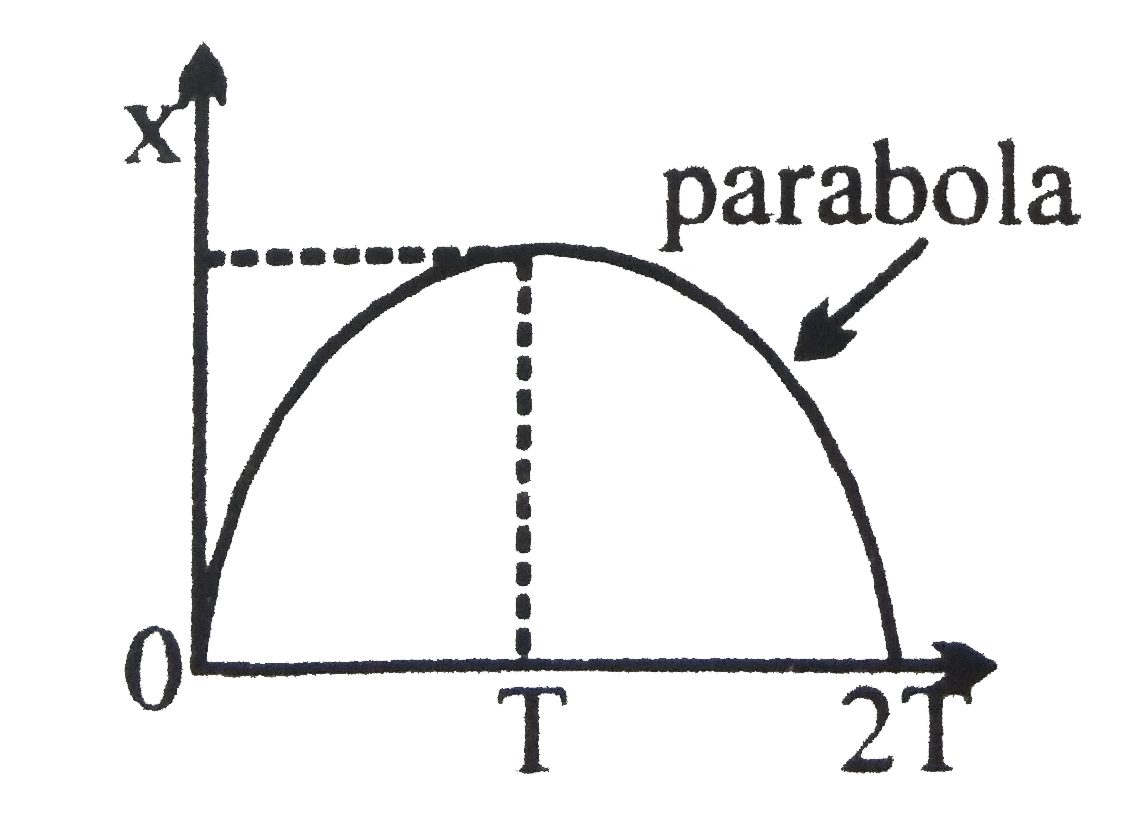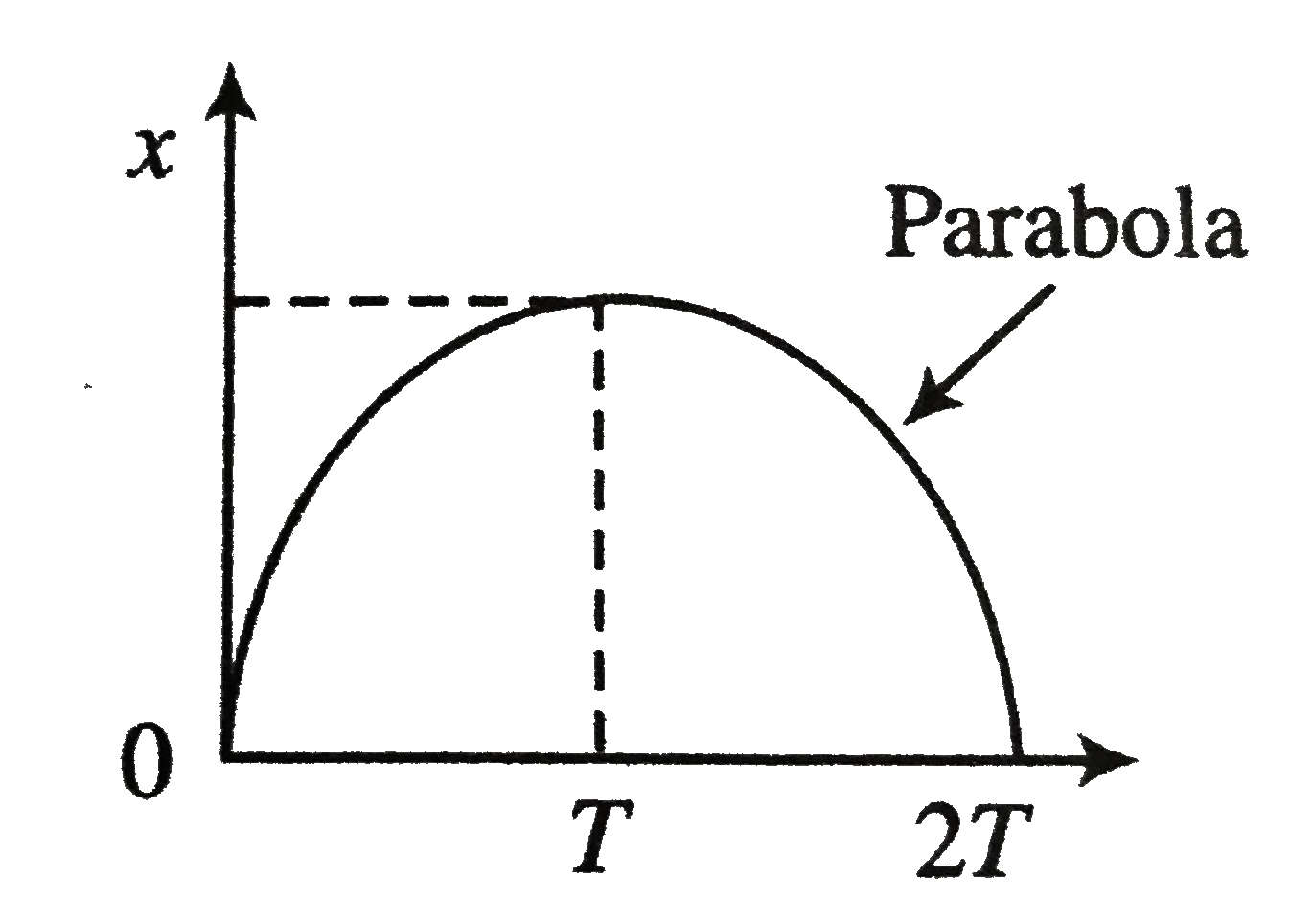A particle is dropped a height h. A constant horizontal velocity is given to the particle. Taking g to be constant every where, kinetic energy E of the particle w. r. t. time t is correctly shown in
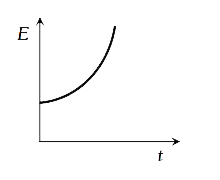
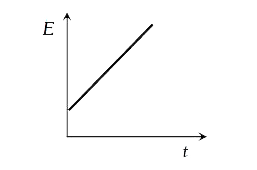
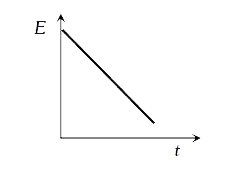
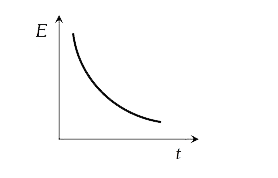
The correct Answer is:A
v2=u2+g2t2⇒v2∝t2
KE ∝v2∝t2⇒KE∝t2
Topper's Solved these Questions
- WORK, ENERGY POWER AND COLLISIONBOOK - ERRORLESSCHAPTER - WORK, ENERGY POWER AND COLLISIONEXERCISE - NCERT BASED QUESTIONS (Power)
18 Videos
- WORK, ENERGY POWER AND COLLISIONBOOK - ERRORLESSCHAPTER - WORK, ENERGY POWER AND COLLISIONEXERCISE - NCERT BASED QUESTIONS (Elastic and Inelastic Collision)
44 Videos
- WORK, ENERGY POWER AND COLLISIONBOOK - ERRORLESSCHAPTER - WORK, ENERGY POWER AND COLLISIONEXERCISE - NCERT BASED QUESTIONS (Work Done by Variable Force)
26 Videos
- WAVES AND SOUND BOOK - ERRORLESSCHAPTER - WAVES AND SOUND EXERCISE - ASSERTION & REASON
25 Videos
Similar Questions
Knowledge Check
The x−t graph of particle moving along a straight line is shown in figure
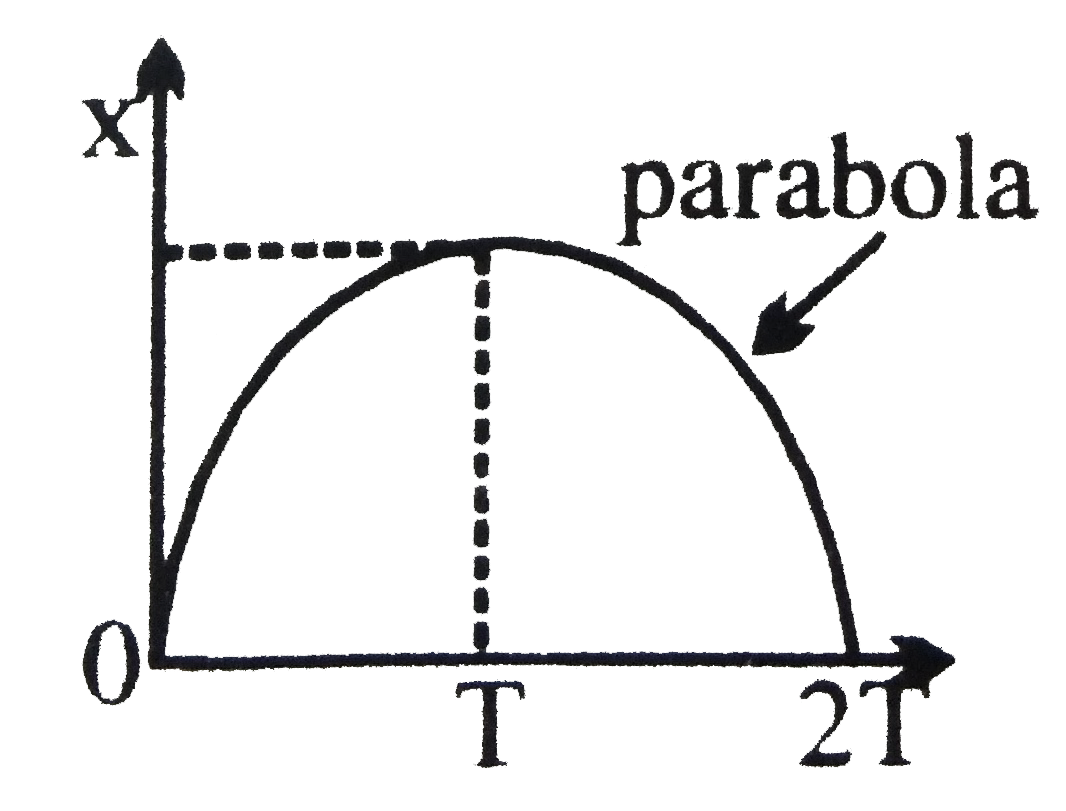
The a−t graph of the particle is correctly shown byA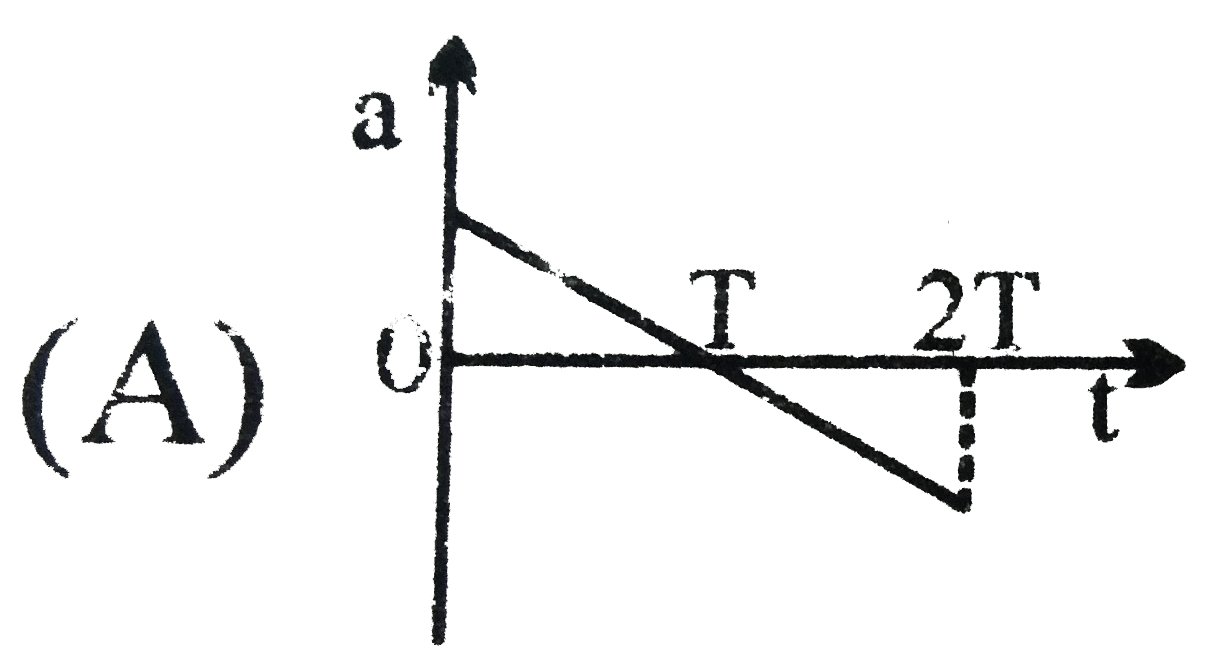 B
B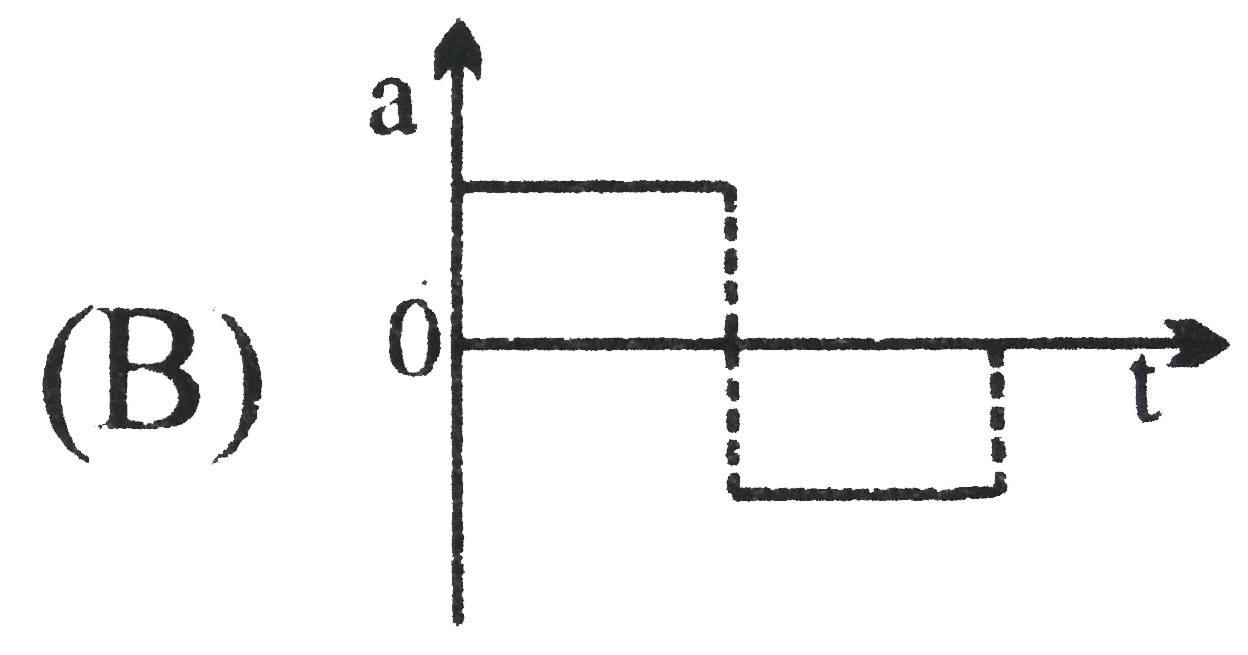 C
C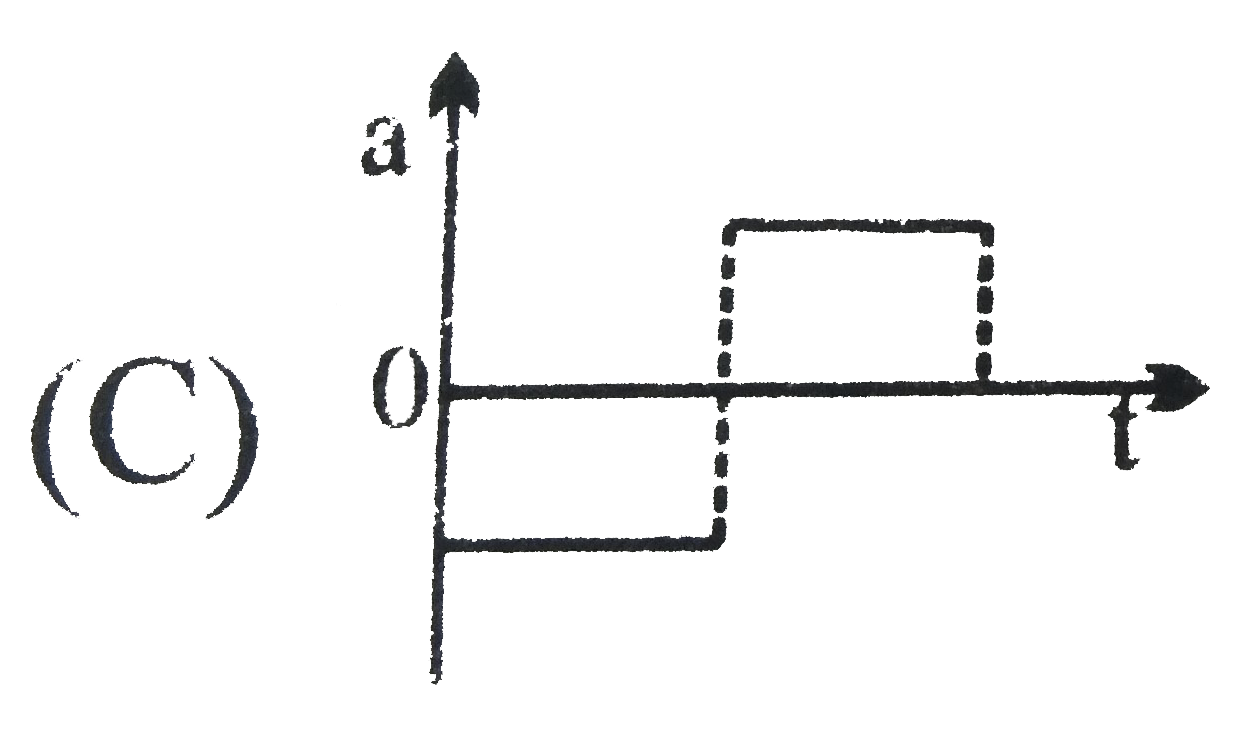 D
D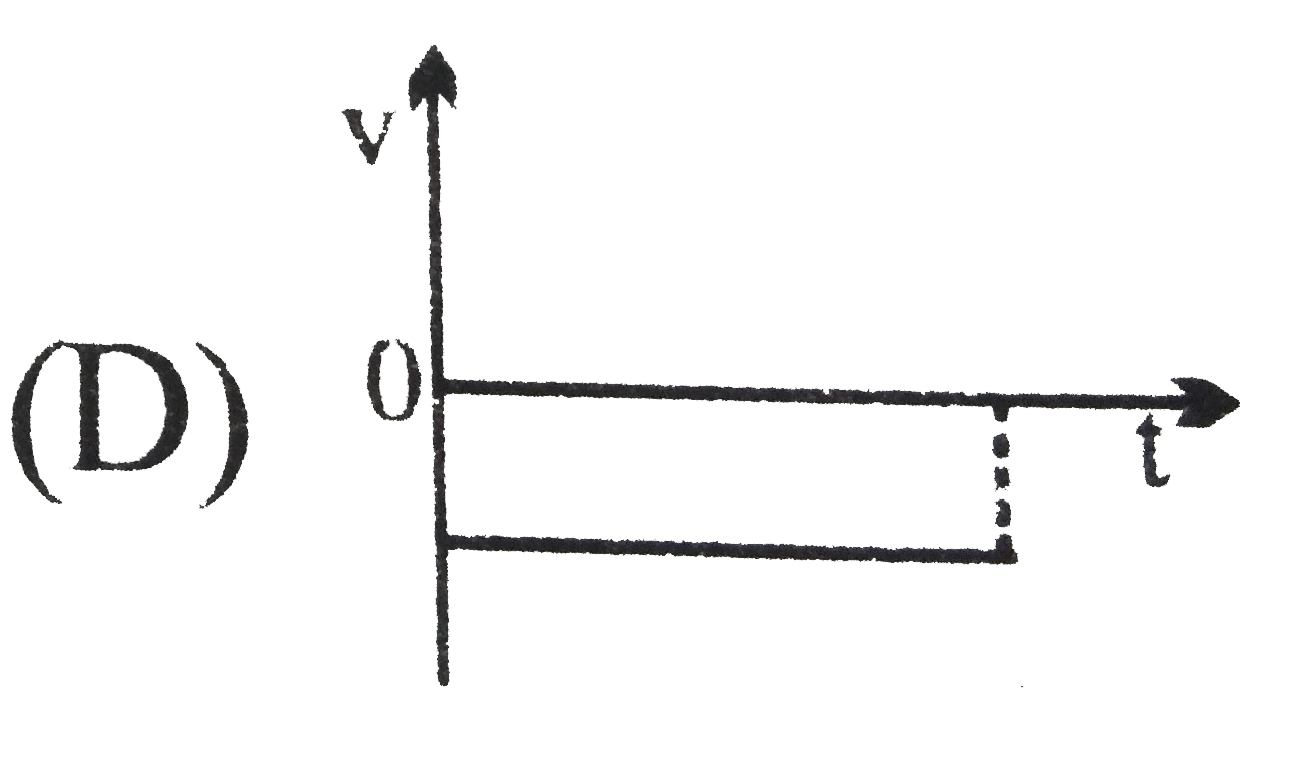
The x-t graph of a particle moving along a straight line is shown in figure
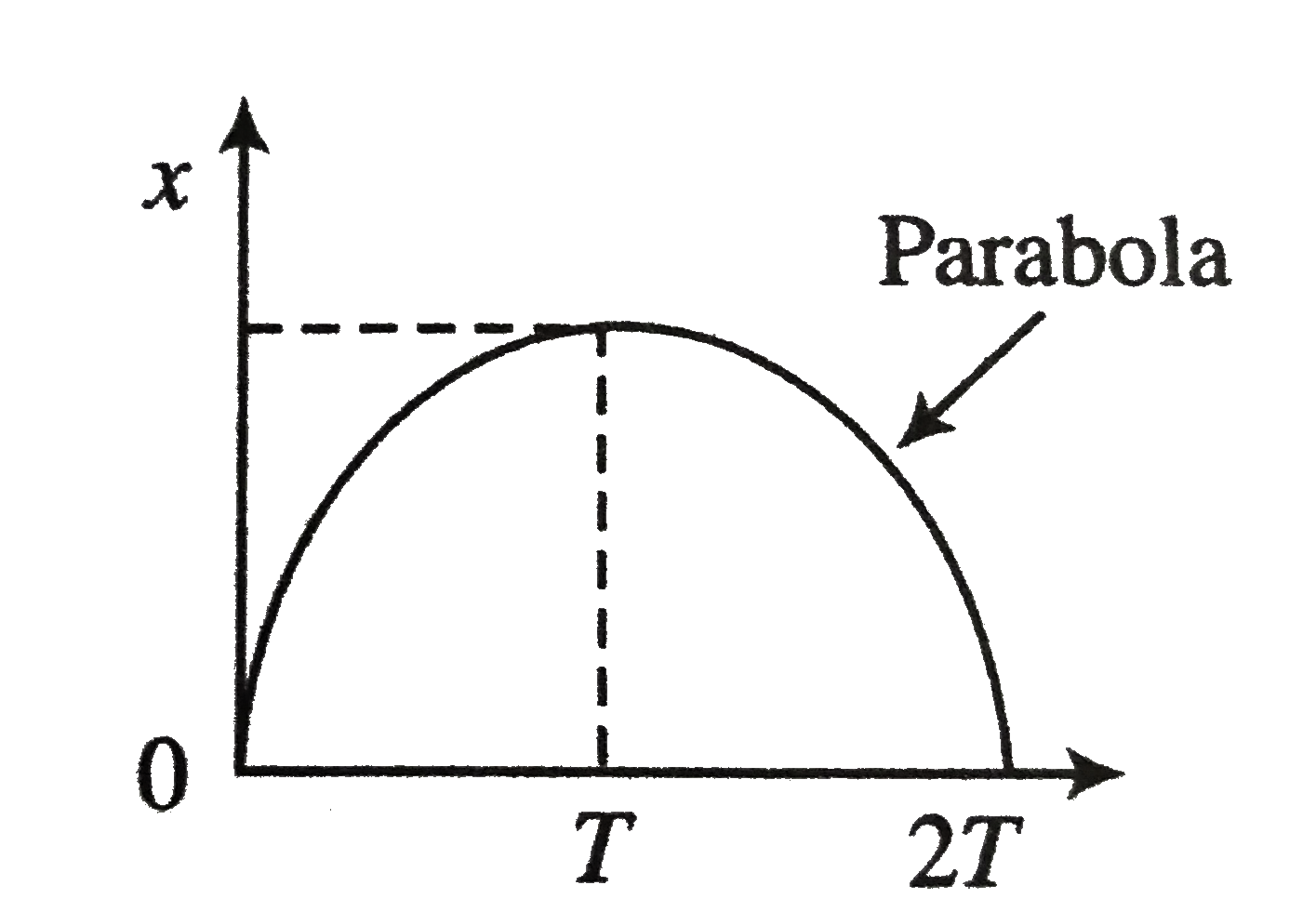
The speed-time graph of the particle is correctly shown byA B
B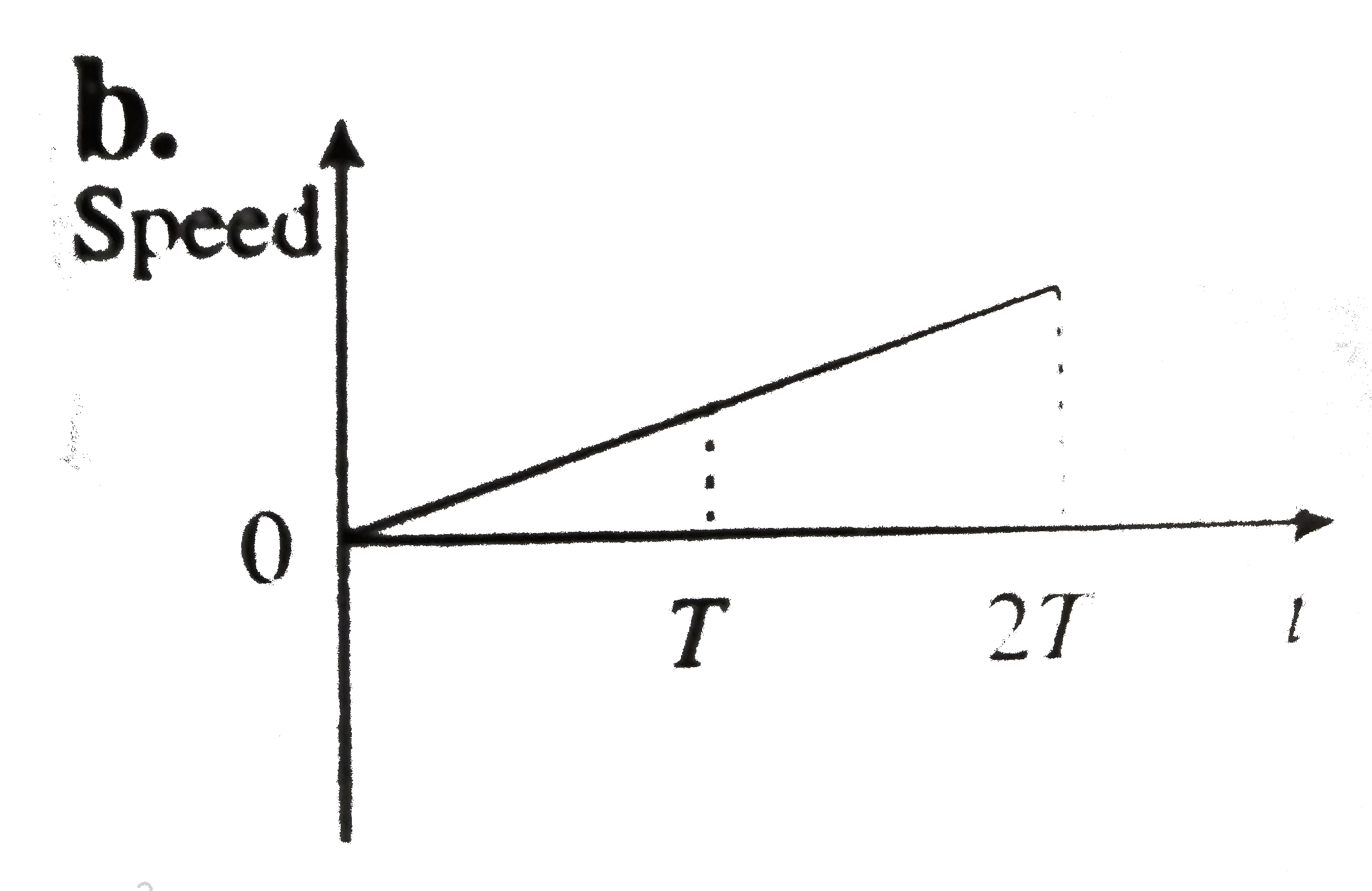 C
C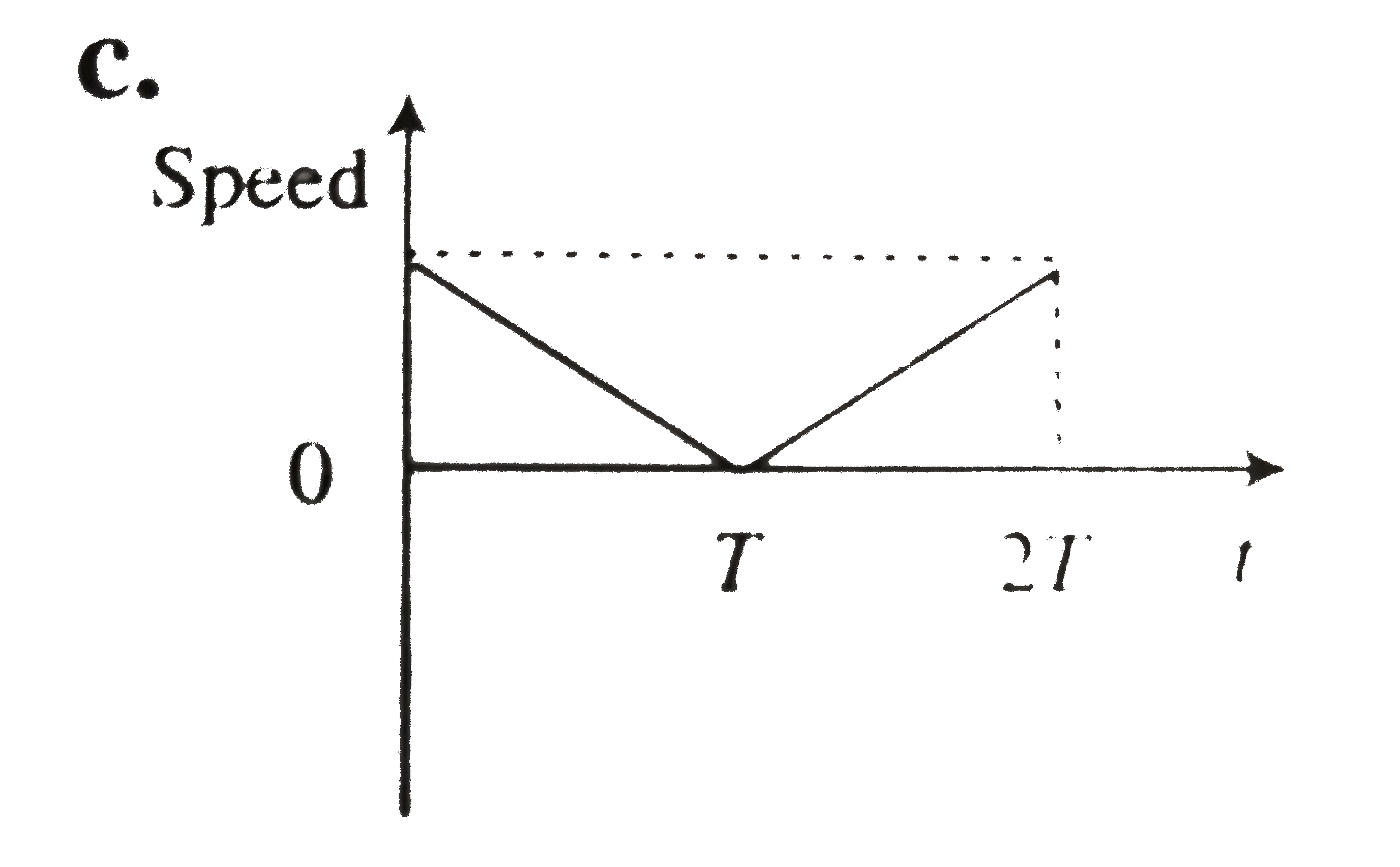 D
D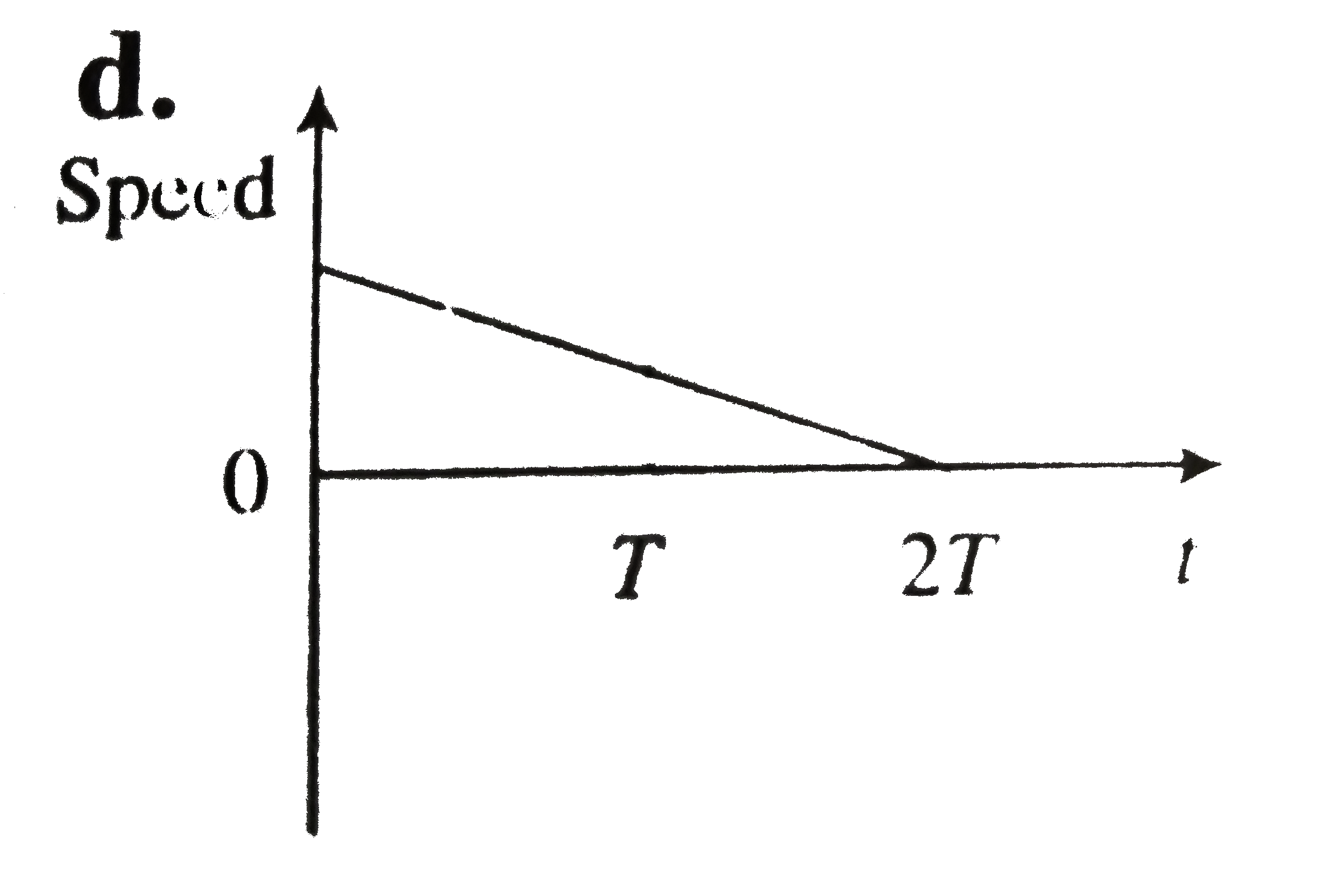
The x-t graph of a particle moving along a straight line is shown in figure

The a-t graph of the particle is correctly shown byA B
B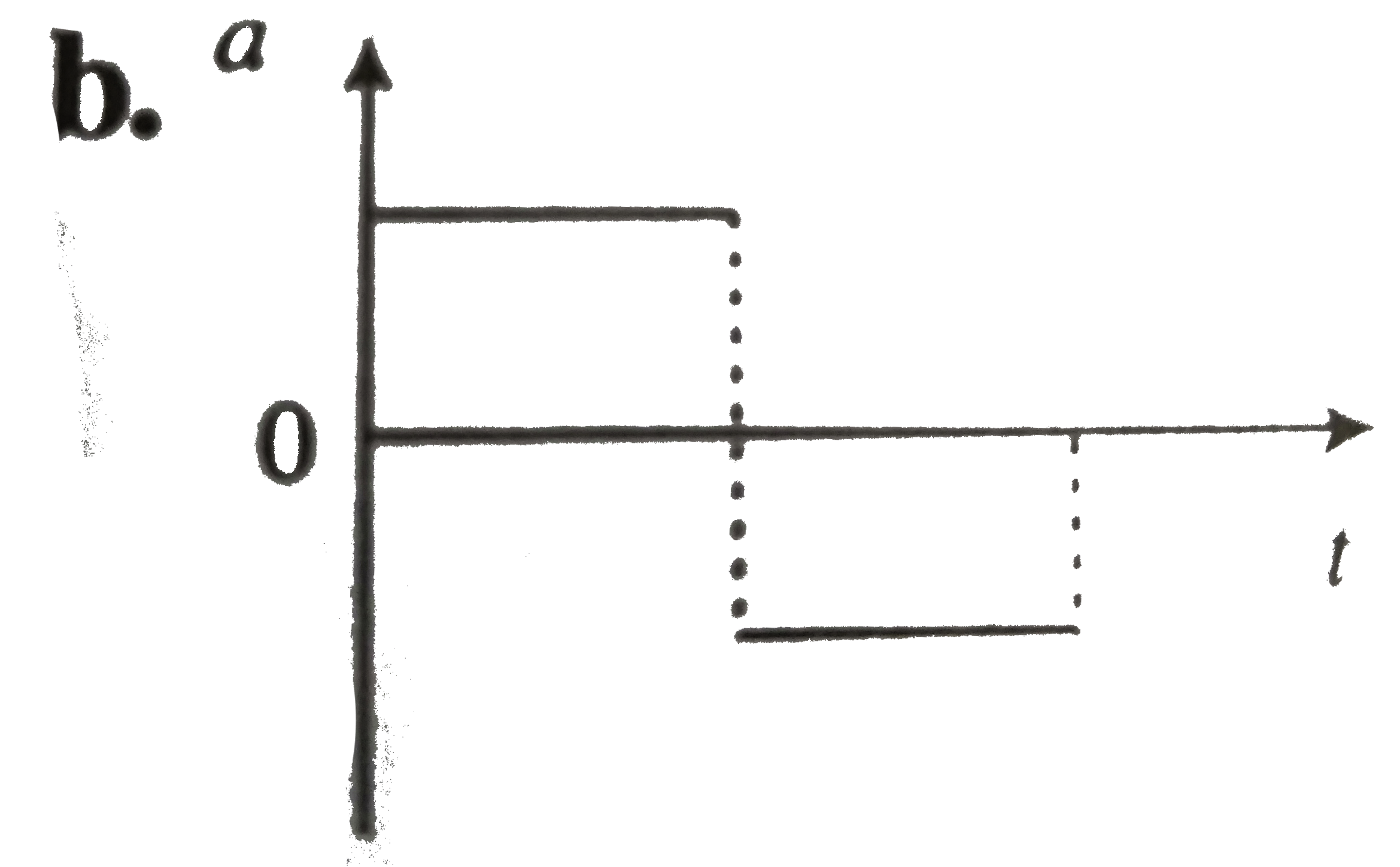 C
C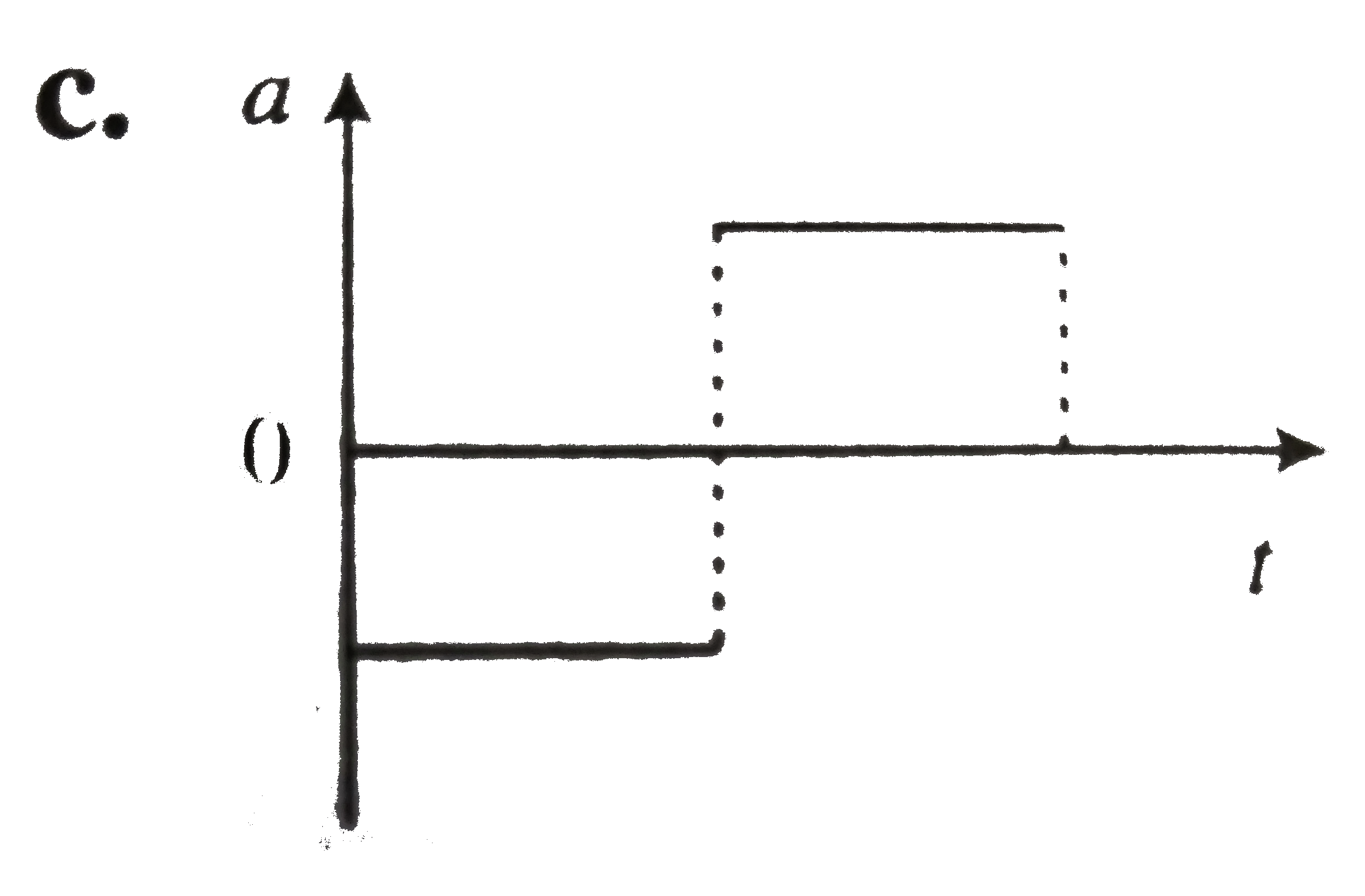 D
D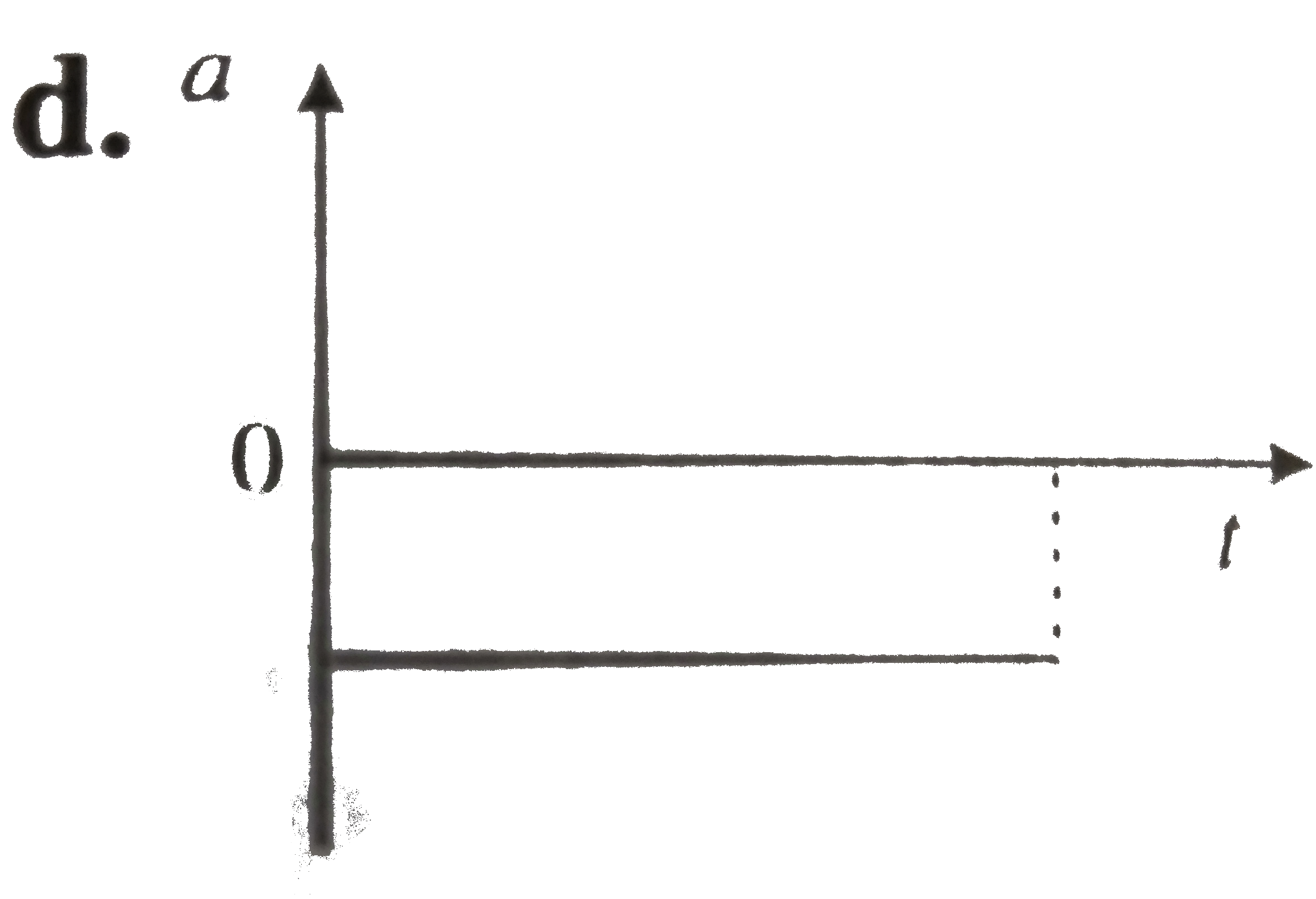
A particle is released from a height h. At a certain height, its kinetic energy is two times its potential energy. Height and speed of the particle at that instant are
View SolutionA charged particle of mass m and charge q is released from rest in an electric field of constant magnitude E. The kinetic energy of the particle after time t is
View SolutionA charged particle of mass m and charge q is released from rest in an electric field of constant magnitude E. The kinetic energy of the particle after time t is
View SolutionA particle is dropped from height H. At a point its kinetic energy is x times of its potential energy. Find the speed of the particle at that point -
View SolutionForce acting on a particle of mass m moving in straight line varies with the velocity of the particle as F=K/V K is constant then speed of the particle in time t
View Solution

